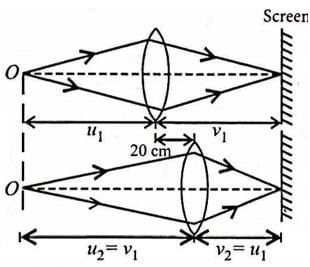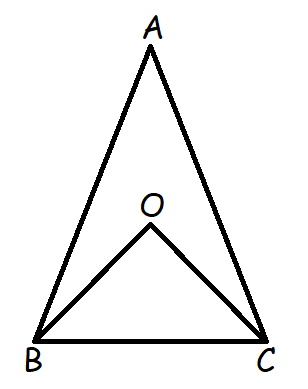OSSAC TGT Science PCM Mock Test - 10 - OTET MCQ
30 Questions MCQ Test OSSC TGT Mock Test Series 2025 - OSSAC TGT Science PCM Mock Test - 10
What is the meaning of the term `curriculum` with reference to education?
The percentage of Summative and Formative assessment in CCE is
Phonological awareness refers to the ability to:
Which of the following is a passive agency of Socialization?
If the length of the filament of a heater is reduced by 10% the power of the heater will
Along an infinitely long conductor carrying a current of 8 A we keep another conductor of length 5 m carrying a current of 3 A. Both the conductors are 10 cm apart. Find the force on small conductor.
A circular loop of radius 3 cm is having a current of 12.5 A. The magnitude of magnetic field at a distance of 4 cm on its axis is
A screen is placed 90cm away from an object. The image of the object on the screen is formed by a convex lens at two different locations separated by 20cm. Find the focal length of lens.
When light undergoes refraction, its frequency
A rotating calcite crystal is placed over an ink dot. On seeing through the crystal one finds:
Which of the following will show Tyndall effect-
All metals exist as solid at room temperature except the metal ‘X’. Name the metal “X’.
What type of mixture is obtained on continuous stirring when we add one spoon of sugar to water?
The bisectors of the base angles of an isosceles triangle ABC, with AB = AC, meet at O. If ∠B = ∠C = 50°. What is the measure of angle O?
The distance of the point (2, 1, -1) from the plane x - 2y + 4z = 9 is
A set S contains 3 elements, the number of subsets of which of the following sets is 256
If y + sin y = 5x, then the value of dy/dx is
The coordinates of the point which is equidistant from the three vertices of the ΔAOB as shown in the figure is

The diameter of a wheel is 1.26 m. The distance travelled in 500 revolutions is
A die is tossed twice. Getting a number greater than 4 is considered a success. Then the variance of the probability distribution of the number of successes is:
The mean deviation about the mean for the following data 3, 7, 8, 9, 4, 6, 8, 13, 12, 10 is:
If the system of equationsx + 4 ay + az = 0, x + 3by + bz = 0 andx + 2 cy +cz = 0 have a non-zero solution,then a, b, c are in
















 ∴ there, a , b ,c, are in H.P
∴ there, a , b ,c, are in H.P















